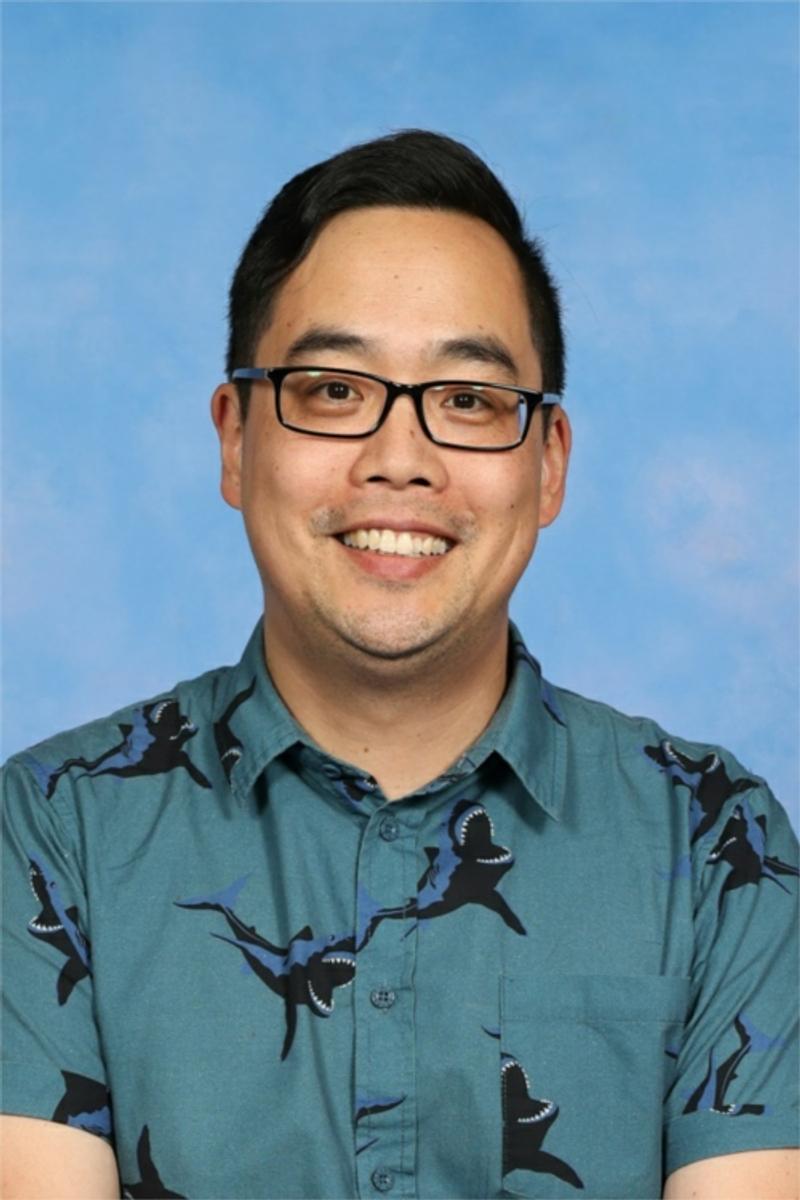Animation: a Test Case for Whole Child Education
Graham Cheung, Head of Art and Design, writing in June (edited)

Animation: a Test Case for Whole Child Education
Graham Cheung, Head of Art and Design, writing in June (edited)


At DCC, our Year 10 Media program has often included memorable and successful units. Among these, Stop Motion Animation (also known as Claymation) stands out. It has been a favourite because of its simplicity, technological accessibility, and the impressive short films it consistently produces.
However, I recently decided to reimagine this unit. Why? To better align with our emerging DCC educational philosophy centered around whole child education. This philosophy emphasizes four key tenets: purposefulness, agency, positive mindsets, and fostering relationships.
The result of this reimagining is the new unit called Animation. Unlike the previous Stop Motion approach, Animation is open-ended and skills based. Students now have the freedom to choose any animation style they desire. Some still opt for traditional Claymation or Lego stop-motion projects, but approximately half the class has embraced the challenge of creating computer animations, sculpting digital assets, and experimenting with cutting-edge video game engines.
The excitement is palpable. Students can now select a medium that genuinely interests them. They create media products with a significant “cool factor,” which can be purposefully shared on social media, included in their portfolios, or serve as a stepping stone for further development in VCE Media.
Yet, there’s a catch. As the teacher, I no longer stand at the front of the class as the “expert.” Instead, this student-led approach means I don’t have the luxury of class time to teach each new software animation platform in detail.
The outcome is messy, uneven, and chaotic. Yet, by the end of the unit, students feel enlightened and empowered. They engage genuinely because the skills they acquire extend beyond the classroom. This departure from “safe” and “uniform” lessons challenges both teachers and students. But I’m convinced that this approach will better prepare our students for the ever-changing landscape ahead.
Here's an example of this year's creativity.